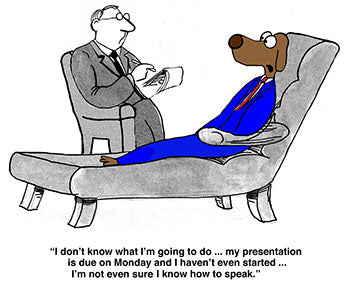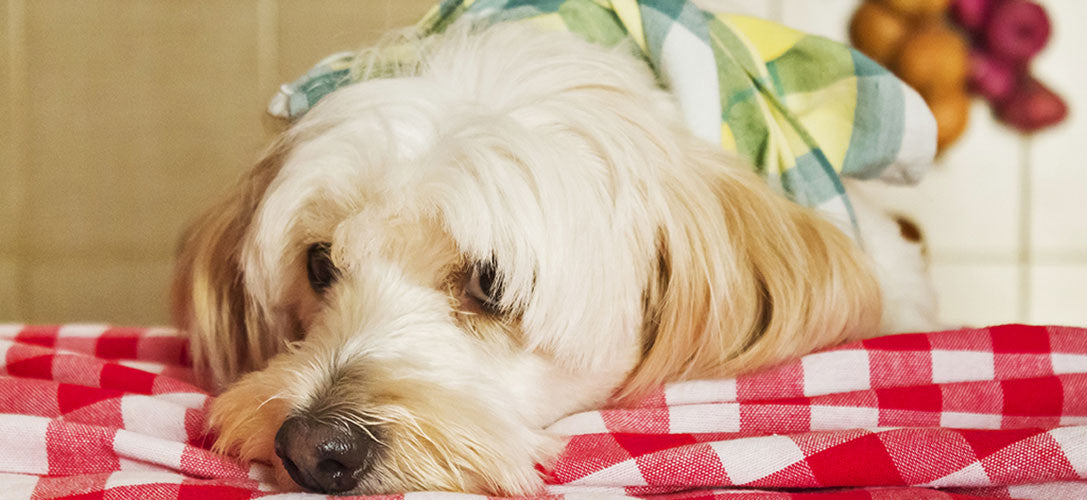Is your precious pup suffering from anxiety, deep-seeded fears, shaking fits, and a high level of stress? Dogs are precious, but unfortunately, they suffer from anxiety just like humans do. Contrary to popular opinion, you can help alleviate some of your dog’s anxiety.
Is My Dog Displaying Anxious Behavior?

Dogs show a variety of anxious behaviors and some can be subtle while others are more obvious. To help you identify whether or not your dog might be suffering from anxiety, we've put together a quick behavior checklist for you. Anxious behaviors include:
- Widening eyes
- Nervously looking around or staring
- Excessive blinking or no blinking at all
- Panting without obvious cause (such as exercise or heat)
- Pacing
- Crying or barking
- Walking or standing with their tail between their legs
- Backing into tight or dark spaces
- Destruction of property
- Yawning (multiple times in a short period)
- Shaking
- Sweaty paws
- Excessive drooling
- Refusal of food or treats (especially if they are food-motivated)
There are hundreds of subtle signs that your dog could be suffering, so if you are still unsure of whether or not your dog is displaying anxious behavior, ask your veterinarian.
Identify Your Dog’s Trigger
The first step to tackling your dog’s anxiety is to figure out what exactly acts as a trigger for your dog. Certain triggers can be eliminated or avoided in many cases. Other triggers cannot be easily avoided. Unfortunately, these fears and triggers are much harder to control and take more time to address. These fears include, but are not limited to:
- Thunderstorms or Other Storms
- Veterinary Offices
- Separation (When you must leave your dog alone)
- Meal Times
- Loud, sudden sounds
- Fireworks
- Specific sites or objects (cars, other animals, children)
- Genetic makeup
Plan A Course Of Action
Now that you have identified your dog’s trigger, or triggers, you need to formulate a plan to help them. If your dog has a trigger that can be avoided, simply avoid those triggers. For example, avoid areas with cats if your dog cannot function normally with them present. If your dog’s triggers cannot be avoided, consult a veterinarian for professional recommendations. Your vet will likely suggest desensitization activities, weighted clothing, or placing your dog in a calm environment.
Desensitization Activities
Gently introduce your dog to their triggers so that they get used to living with and controlling their fears. For example, if your dog is afraid of riding in cars after a bad experience of going to the vet, slowly reintroduce them to this idea by walking them near parked cars on a daily basis. Once you have gained your pup’s trust and earned their full attention in the presence of their trigger you may proceed. This may mean that you open the door and let your dog sit in a parked car multiple times a day/week. Once your dog can handle that, then move on starting the car and eventually riding in the car.
Never Forget
It is painful to see your precious pup suffer day in and day out just because they hear a trigger like thunder or must endure a few hours of alone time. Thankfully, your dog has a human that cares enough to want to help them. For this, your dog’s days of tremors, shakes, cries, and pants will soon be numbered. With a little patience and a lot of love, these tips and tricks will help your dog live the long, happy, healthy life that you know they deserve.






